-
 Bitcoin
Bitcoin $117800
0.49% -
 Ethereum
Ethereum $4432
0.55% -
 XRP
XRP $3.106
1.07% -
 Tether USDt
Tether USDt $1.001
0.01% -
 BNB
BNB $835.8
1.74% -
 Solana
Solana $189.1
2.72% -
 USDC
USDC $0.9999
-0.01% -
 Dogecoin
Dogecoin $0.2302
3.65% -
 TRON
TRON $0.3485
-0.69% -
 Cardano
Cardano $0.9212
-0.91% -
 Hyperliquid
Hyperliquid $46.97
1.45% -
 Chainlink
Chainlink $22.77
5.61% -
 Stellar
Stellar $0.4284
0.82% -
 Sui
Sui $3.766
2.82% -
 Bitcoin Cash
Bitcoin Cash $583.5
-0.82% -
 Ethena USDe
Ethena USDe $1.001
0.03% -
 Hedera
Hedera $0.2512
2.78% -
 Avalanche
Avalanche $24.18
2.27% -
 Litecoin
Litecoin $120.2
2.10% -
 Toncoin
Toncoin $3.450
1.96% -
 UNUS SED LEO
UNUS SED LEO $9.412
-0.92% -
 Shiba Inu
Shiba Inu $0.00001298
2.35% -
 Uniswap
Uniswap $10.99
3.75% -
 Polkadot
Polkadot $3.962
3.09% -
 Dai
Dai $1.000
0.00% -
 Bitget Token
Bitget Token $4.643
1.38% -
 Cronos
Cronos $0.1511
-0.08% -
 Ethena
Ethena $0.7246
3.18% -
 Monero
Monero $254.9
7.90% -
 Pepe
Pepe $0.00001100
3.32%
How to choose the appropriate Gas fee when transferring money in Ethereum wallet?
Ethereum gas fees, comprising gas price and limit, are paid to miners for transaction processing. Network congestion, urgency, and transaction complexity all affect fees; using wallet recommendations, gas price oracles, or setting a custom price helps optimize cost and speed.
Mar 07, 2025 at 10:45 am
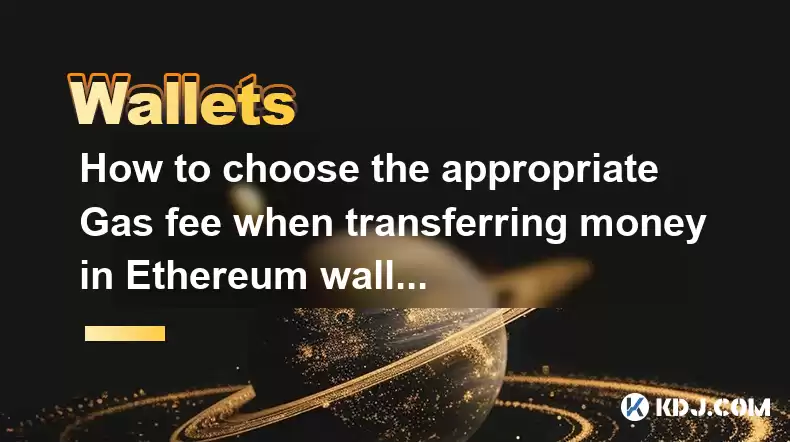
Understanding Gas Fees
Factors Affecting Gas Fees
Network Congestion: One of the most significant factors influencing gas fees is network congestion. During peak times when there are a large number of transactions being processed simultaneously, miners have more transactions to choose from. In such cases, they are more likely to prioritize transactions with higher gas fees. You can monitor network congestion levels using various Ethereum block explorer tools, such as Etherscan. For example, if you notice that the number of pending transactions is unusually high, it indicates a congested network, and you may need to set a relatively higher gas price to get your transfer processed quickly.
Transaction Urgency: If you need your transfer to be confirmed immediately, you will need to offer a higher gas price. Miners will be more inclined to include your transaction in the next block if they stand to earn more in fees. However, if your transfer is not time - sensitive, you can set a lower gas price and be patient. For instance, if you are making a transfer to a long - term investment wallet and there is no immediate need for the funds to be available, you can afford to wait for a lower - fee transaction to be processed.
Transaction Complexity: Simple transactions, like basic ETH transfers, generally require less gas compared to more complex operations such as interacting with smart contracts. A simple transfer might only need a few thousand units of gas, while a complex smart contract interaction could require hundreds of thousands or even millions. When calculating the gas limit for your transfer, make sure to account for any additional operations that might be involved, such as sending ETH along with a small amount of data.
Strategies for Choosing Gas Fees
Use Wallet Recommendations: Most Ethereum wallets, such as MetaMask, Trust Wallet, and MyEtherWallet, provide recommended gas fee settings. These recommendations are based on the current network conditions and are a good starting point. For example, MetaMask's interface usually shows options like "Fast," "Average," and "Slow," each corresponding to different gas price levels. The "Fast" option will set a relatively high gas price, ensuring quick confirmation, while the "Slow" option will set a lower price but with a longer waiting time.
Check Gas Price Oracles: There are also gas price oracle services available, like EthGasStation. These services aggregate data from multiple sources to provide real - time gas price estimates. They often categorize gas prices as "low," "medium," and "high," along with an estimated time for transaction confirmation at each level. By referring to these oracles, you can get a more accurate picture of what gas price to set based on your desired confirmation time.
Set a Custom Gas Price: If you have a good understanding of the network and your transaction requirements, you can set a custom gas price. However, this requires some caution. If you set the gas price too low, your transaction may get stuck in the pending queue for a long time. On the other hand, setting it too high means you will be overpaying for the transaction. A good approach is to start with a slightly higher - than - average gas price if you are in a hurry, and gradually lower it for non - urgent transactions.
Monitoring and Adjusting
Disclaimer:info@kdj.com
The information provided is not trading advice. kdj.com does not assume any responsibility for any investments made based on the information provided in this article. Cryptocurrencies are highly volatile and it is highly recommended that you invest with caution after thorough research!
If you believe that the content used on this website infringes your copyright, please contact us immediately (info@kdj.com) and we will delete it promptly.
- Kazakhstan's Crypto Leap: Bitcoin ETF and Central Asia's Digital Finance Future
- 2025-08-13 12:45:19
- BlockDAG Presale Blazes Past $371M: Fundraising Frenzy Fuels Crypto Sensation
- 2025-08-13 13:05:21
- Meme Coins: Chasing the 2025 Surge – Which Will Moonshot?
- 2025-08-13 10:25:23
- Bitcoin's Wild Ride: Rally, Pullback, and What's Next
- 2025-08-13 10:25:23
- Bitcoin, Bitmax, and Institutional Demand: A New Era of Crypto Investment
- 2025-08-13 10:45:12
- Solana, ROAM, and Airdrops: What's the Buzz in 2025?
- 2025-08-13 11:35:13
Related knowledge
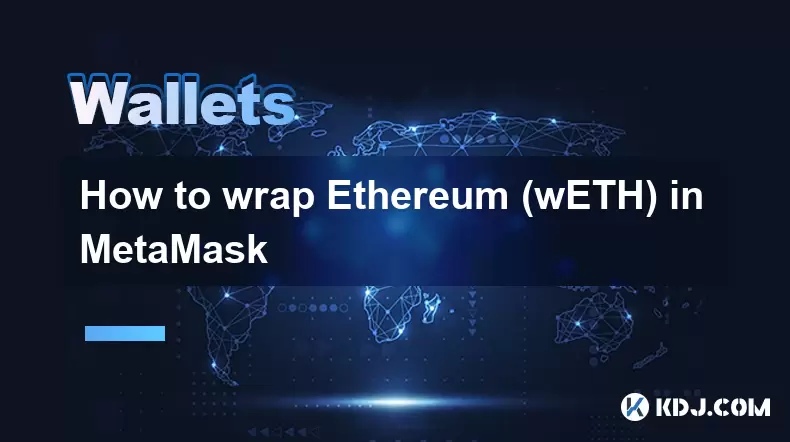
How to wrap Ethereum (wETH) in MetaMask
Aug 13,2025 at 11:36am
Understanding Wrapped Ethereum (wETH)Wrapped Ethereum (wETH) is a tokenized version of native Ethereum (ETH) that conforms to the ERC-20 standard, ena...

How to manage your portfolio in Exodus wallet
Aug 08,2025 at 10:07pm
Understanding the Exodus Wallet InterfaceThe Exodus wallet is a non-custodial cryptocurrency wallet that supports a wide range of digital assets. When...
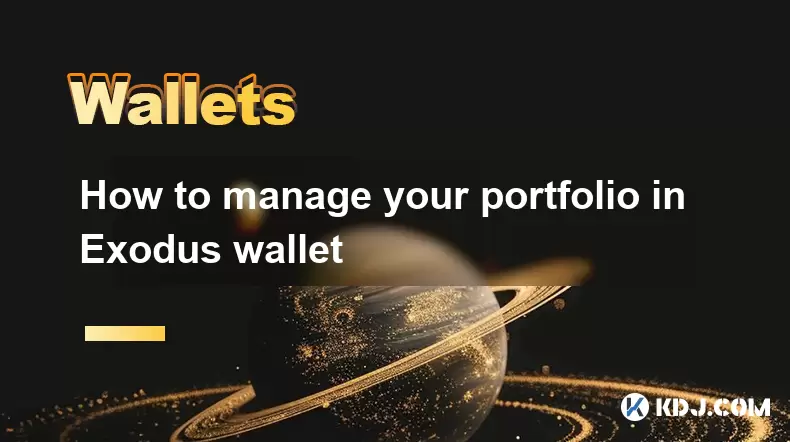
How to manage your portfolio in Exodus wallet
Aug 13,2025 at 11:35am
Understanding the Exodus Wallet InterfaceThe Exodus wallet is a non-custodial cryptocurrency wallet that supports a wide range of digital assets. Upon...

How to reset your MetaMask password
Aug 08,2025 at 01:28pm
Understanding the MetaMask Password Reset ProcessMany users confuse the MetaMask password with the seed phrase or private key, but they serve differen...
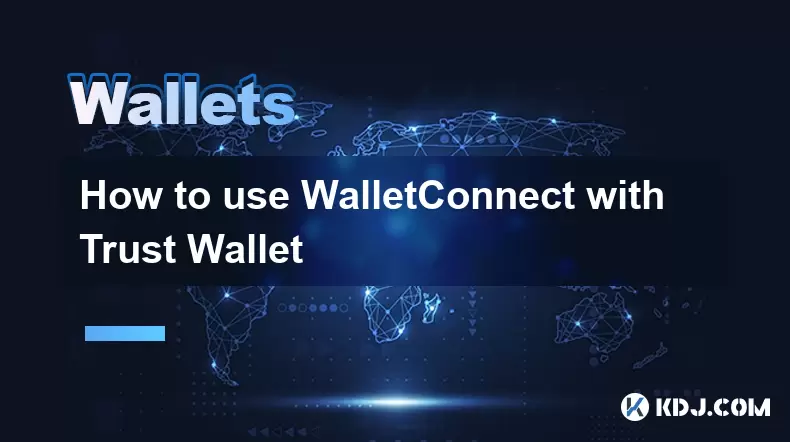
How to use WalletConnect with Trust Wallet
Aug 13,2025 at 01:07am
What Is WalletConnect and Why It Matters for Trust Wallet UsersWalletConnect is an open-source protocol that enables secure communication between dece...
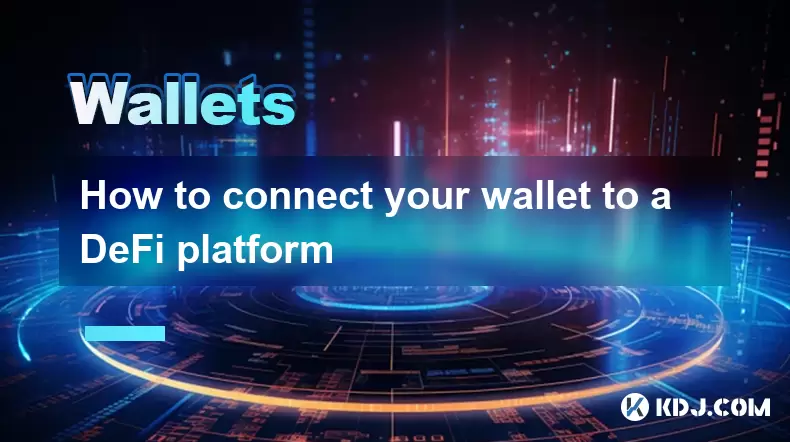
How to connect your wallet to a DeFi platform
Aug 13,2025 at 11:36am
Understanding Wallet Compatibility with DeFi PlatformsBefore connecting your wallet to any DeFi platform, it's essential to ensure your wallet is comp...

How to wrap Ethereum (wETH) in MetaMask
Aug 13,2025 at 11:36am
Understanding Wrapped Ethereum (wETH)Wrapped Ethereum (wETH) is a tokenized version of native Ethereum (ETH) that conforms to the ERC-20 standard, ena...

How to manage your portfolio in Exodus wallet
Aug 08,2025 at 10:07pm
Understanding the Exodus Wallet InterfaceThe Exodus wallet is a non-custodial cryptocurrency wallet that supports a wide range of digital assets. When...

How to manage your portfolio in Exodus wallet
Aug 13,2025 at 11:35am
Understanding the Exodus Wallet InterfaceThe Exodus wallet is a non-custodial cryptocurrency wallet that supports a wide range of digital assets. Upon...

How to reset your MetaMask password
Aug 08,2025 at 01:28pm
Understanding the MetaMask Password Reset ProcessMany users confuse the MetaMask password with the seed phrase or private key, but they serve differen...

How to use WalletConnect with Trust Wallet
Aug 13,2025 at 01:07am
What Is WalletConnect and Why It Matters for Trust Wallet UsersWalletConnect is an open-source protocol that enables secure communication between dece...

How to connect your wallet to a DeFi platform
Aug 13,2025 at 11:36am
Understanding Wallet Compatibility with DeFi PlatformsBefore connecting your wallet to any DeFi platform, it's essential to ensure your wallet is comp...
See all articles

























































































